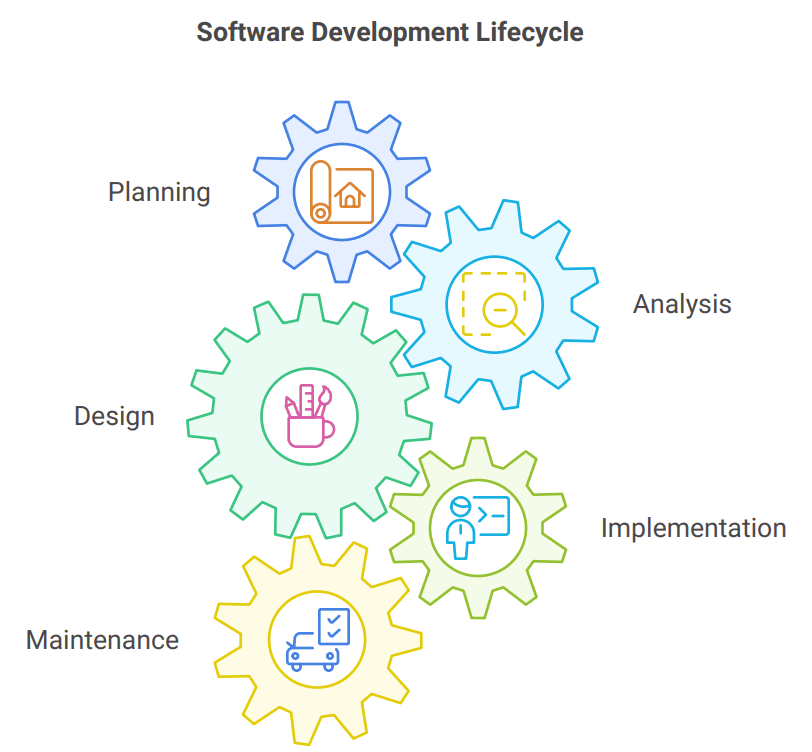Design & Planning
We believe that exceptional software starts with exceptional planning. Our design services transform your ideas into a strategic roadmap, ensuring every aspect of your project is thoughtfully considered. We collaborate closely with you to understand your goals and requirements, translating them into clear and actionable plans.

Analysis
In this initial stage, we thoroughly analyze your business needs, present-state processes, and user expectations. This deep dive helps Cloudtream to identify opportunities and challenges, ensuring a clear and actionable vision for your project that aligns with your overall business strategy.

Outline
Next, we create a detailed project outline that defines the scope, key milestones, and timelines. This comprehensive blueprint serves as a guiding document, clearly outlining the critical components that will drive our efforts throughout the project.

Proposal
Building on our findings, we develop a formal project proposal that includes cost estimates, resource allocation, and risk assessments. This proposal ensures all stakeholders are aligned and informed, providing a clear path forward before we begin implementation.

Kick Off
With the proposal approved, we hold a project kickoff meeting to unite all key stakeholders. This collaborative session clarifies roles, expectations, and communication channels, and sets the stage for a focused implementation.

Planning is the foundation of the software development process. During this phase, project goals, scope, resources, timelines, and budgets are established. Stakeholders come together to define the project requirements and outline the overall strategy. Effective planning sets the stage for all subsequent phases and is critical to the success of any project.
The Analysis phase involves gathering detailed requirements and understanding user needs. The analysis phase is critical for minimizing misunderstandings and ensuring that the development team has a comprehensive understanding of what needs to be built.
Design begins once requirements have been clearly defined. This phase focuses on creating the architecture of the software, including user interface design, database design, and system architecture. Prototypes and wireframes may be developed to visualize the software's functionality and layout.
The Implementation phase is where the actual development and configuration takes place. Testing is also integrated into this phase to identify and fix bugs early on. Successful implementation relies on effective communication and adherence to the design specifications.
Maintenance begins immediately post-deployment. This phase involves monitoring the software for issues, applying updates, and making enhancements based on user feedback. Maintenance is an ongoing process that ensures the software remains functional and relevant over time. It often leads back to the planning phase, as new requirements and improvements are identified, creating a continuous cycle of development.
